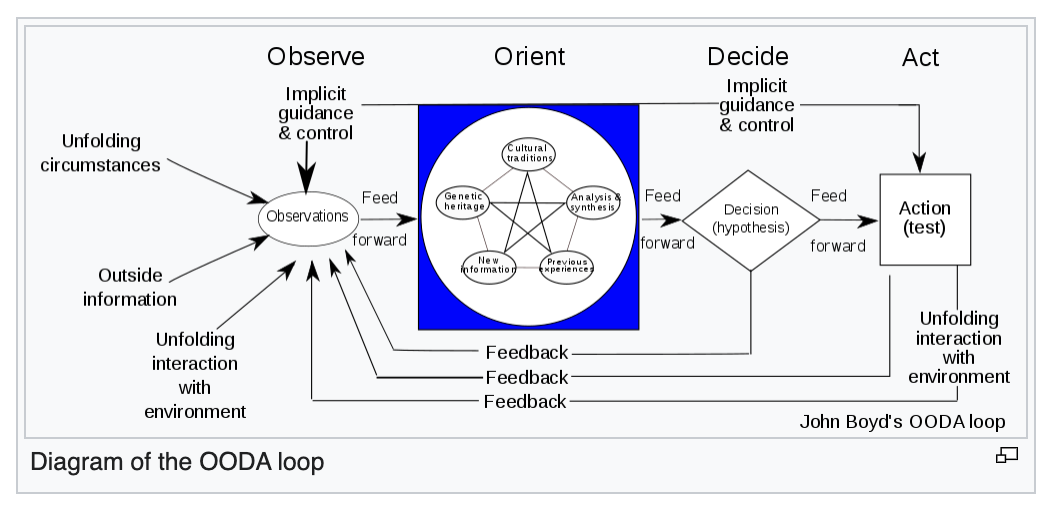
Skunk Baxter is a true polymath. It’s rare enough for someone to have played guitar with the Doobie Brothers, Jimmy Hendrix, Ringo Starr, Elton John, Eric Clapton, Sheryl Crow and a host of other luminaries. It’s even rarer to also be a founder of a Hall of Fame band like Steely Dan. But it’s practically unheard of for that same person to also turn their music-based expertise to data compression algorithms, large-capacity storage devices, and then become the Chairman of the United States Civilian Advisory Board for Ballistic Missile Defense.

Still a working musician, Skunk Baxter continues to shred a mean guitar while consulting for the Pentagon's Missile Defense Agency, the National Geospatial-Intelligence Agency, the United States Department of Defense, as well as defense contractors like Northrop Grumman Corp., General Dynamics, and General Atomics Aeronautical Systems.
NON-LINEAR THINKING
It’s precisely his musician’s mind – his creative thinking – that allows him to move so deftly between those two worlds. “My big thing is to look at existing technologies and try to see other ways they can be used, which happens in music all the time. It also happens to be what terrorists are incredibly good at. Being a musician means that I’ve been lucky enough to have osmosed the ability to think in a non-linear fashion. I think in layers.”

Baxter points to a predecessor, John Boyd, who has been called “the most remarkable unsung hero in all of American military history.” Boyd was a top fighter pilot who came up with a problem-solving algorithm called the OODA Loop: Observe. Orient. Decide. Act.
DESTRUCTION AND CREATION
“Boyd is an amazing guy,” enthuses Baxter. “A best-in-class fighter pilot, he also wrote an essay on [Douglas Hofstadter’s mind-expanding book] Gödel, Escher, Bach, inventing a way of seeing things through the process of destruction and creation, analysis and synthesis. Well, that’s exactly what you do in music! You take a problem, break it down to its smallest bits, analyze them, then synthesize it all into something else. For example, you can take ‘Pachelbel’s Canon,’ break it down, then reconstruct it into the song ‘When a Man Loves a Woman.’ Same key. Same changes. Same chords, but a completely different song. Sledge sold a billion copies of that puppy.”
 Linear thinking vs. non-linear thinking
Linear thinking vs. non-linear thinking
This process, this nonlinear or analog thinking, says Baxter, “has allowed me to crack the nut of missile defense and other defense-oriented projects.”
His second career began when he wrote a five-page paper on how to alter current missile defense processes and submitted it to the DOD cold. They called him back immediately.
Watch Skunk Baxter at METAL
He’s come a long way since then. “When I first started working at Lawrence Livermore, we were lucky to get 15 kilowatts out of a laser. Now you can get 150 and actually shoot things down with it. The U.S. Army is already beginning to field a laser area defense system.”
With high-level government security clearance, Baxter has developed a comprehensive knowledge of multilayered defense systems. “We have navigated the Scylla and Charybdis of nuclear war so far, based on the concept of ‘mutually assured destruction’ (MAD). That and ‘nuclear utilization theory’ (NUTS), the idea of fighting a limited nuclear war, were both based on the reality that everybody involved wanted to live. No matter how wacky the Chinese premier was or the Russian head of state, everybody wanted to sometimes withdraw all the money they had in Swiss banks and go to Las Vegas, so to speak.”
 Multilayered defense systems
Multilayered defense systems
A DIFFICULT GAME
But now we are dealing with something very different, he warns. “We are dealing with theologies that are not based on self-preservation, but actually on mandating killing people who are not in agreement with your particular theology. Killing is not just preferable. It’s your duty. This is a very different and difficult game and I’ve been dealing directly with it for six years now.”
To find solutions, Baxter says, “you have to bring it back to art. Art is nonlinear. Logic is linear. You have to be able to get into the right side of your brain.”
The brain has become the focus of his current work.
Digital entities add a new security threat to the more traditional, physically explosive ones.
AN EXISTENTIAL CHALLENGE
“Why start a war when you can let loose trillions of digital entities that can enter your body, get into your brain, and the next morning you wake up and go, ‘Yeah! I really like the Russians! They’re the good guys!’ Now with multiplied frequency sets, the ability to reprogram a significant portion of a population becomes an issue. A lot of my work now is around perception management, an offshoot of strategic messaging. I can’t talk about it because it’s classified, but I consider it as much an existential challenge as anything else I’ve ever worked on.”
Today's email was brought to you by Adam Gilad.



